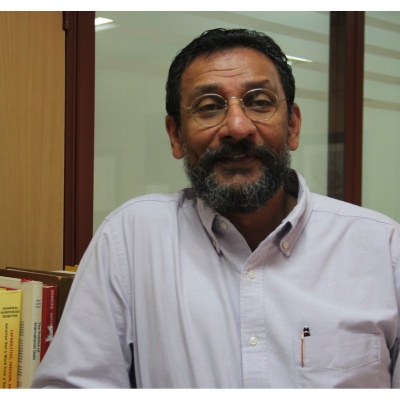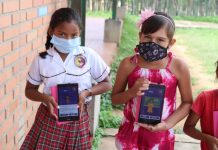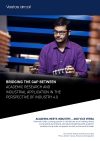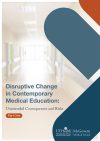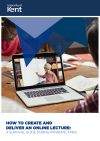Anantha Duraiappah, Director at UNESCO Mahatma Gandhi Institute of Education for Peace and Sustainable Development (MGIEP), describes the failed promises of the Universal Declaration of Human Rights on the right to education
In a historical achievement for humankind almost 75 years ago, the Universal Declaration of Human Rights clearly recognised education as a basic human right. Although a non-legally binding document, it became the first international instrument to acknowledge the importance of the right to education for individuals and societies.
What are the specific clauses of Article 26?
- Everyone has the right to education. Education shall be free, at least in the elementary and fundamental stages. Elementary education shall be compulsory. Technical and professional education shall be made generally available and higher education shall be equally accessible to all on the basis of merit.
- Education shall be directed to the full development of the human personality and to the strengthening of respect for human rights and fundamental freedoms. It shall promote understanding, tolerance and friendship among all nations, racial or religious groups, and shall further the activities of the United Nations for the maintenance of peace.
- Parents have a prior right to choose the kind of education that shall be given to their children.
Today we find education a booming industry with privatisation having taken hold of the sector. This commodification of education has inevitably created an elitist system of private schools with the best funded providing the “best” education to those who can afford the fees for attending these private schools. This forms what Daniel Markovits in his book ‘“The Meritocracy Trap” describes as a new aristocracy in the form of heritage meritocracy. The recently launched International Science and Evidence based Education (ISEE) Assessment report by UNESCO MGIEP identifies it as a key driver to the growing inequity that spills over to the stratification of societal structures into the “haves”’ and “have nots”.
In addition to the commodification of the education system, the ISEE also highlights the standardisation of curricula, pedagogy, and learner assessments. The “one size fits all” has become the mainstay in education even if we have overwhelming evidence, now endorsed by the latest findings from the ISEE Assessment, that each learner learns differently. For example, we now know that one in every five to ten learners have some form of learning differences which our present “one system fits all” just does not accommodate.
Flaws of the present education system
A key policy recommendation suggested by the ISEE Assessment is to initiate periodic universal screening to identify each learner’s strengths and weaknesses and then find interventions to nurture the strengths and minimise the weaknesses. The present inclusive education system is just not sufficient in its current form.
The second flaw in our education systems, and this is not a new phenomenon, is the assumption that education is all about knowledge acquisition. In other words, the focus in on the cognitive dimension of each learner. But we now know, and strongly emphasised by the ISEE Assessment, is that learning is not just a cognitive process but an interconnected phenomenon between cognition and emotion. Simply put, learning is influenced by emotions and emotions influence our learning. But let’s not make the mistake of switching from one end of the spectrum to the other – it is key to understand that learning is indeed an inter-connected process between cognition and emotion.
Acknowledging these two main fundamental insights will suggest a complete restructuring of our present curricula, pedagogies, and learner assessments. The focus will shift to ensuring that they all take this whole- brain approach, and the learner is given the agency to chart their own learning path while being evaluated against their own benchmarks. This approach will still ensure learners are meeting basic criteria for the foundational competencies of literacy, numeracy, emotion regulation, empathy, and compassion.
Restructuring the present curricula
Last but not least, what is critically missing in our present education policymaking is the use of science and evidence. To achieve this, a transdisciplinary approach involving experts from a broad range of disciplines must be made intrinsic to policymaking and the notion of consensus science must be advocated. There will always be uncertainties in our knowledge base on how learning happens and how context influences the learning process. Therefore, a process which advocates consensus among the experts is a necessary condition in any education policymaking.
Anything falling short of this shift means propagating education policymaking based on opinions and ad-hoc information held by a limited number of players in the field. Ideally, an international neutral science body which has the remit to pool this transdisciplinary network of experts from across the world should be created to ensure global assessments similar to the ISEE Assessment are done periodically to update our information base, establish a database of evidence from across the world and strengthen the science- policy nexus within the education sector. Until then, we will continue to fall short of delivering on the basic human rights declared in 1948 – most particularly, the right to education.
Contributor Profile
Editor's Recommended Articles
-
Must Read >> Education: Global citizenship for human flourishing




